JavaScript is disabled. For a better experience, please enable JavaScript in your browser before proceeding.
1 - 20 of 24 Posts
1 - 20 of 24 Posts
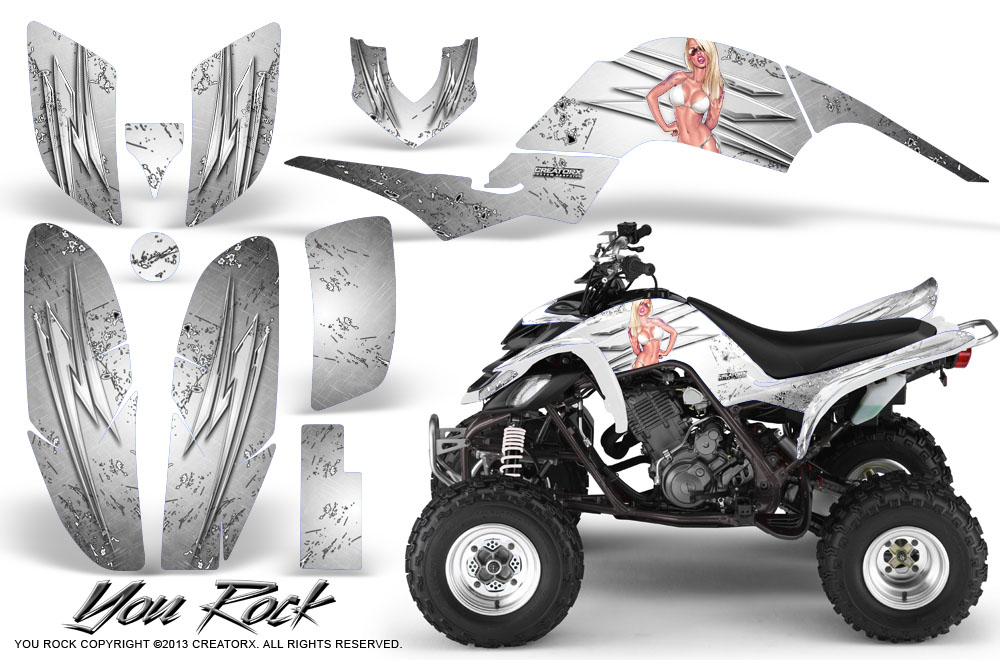 Please consider creating a new thread.
Please consider creating a new thread.Join now to ask and comment!
Continue with Facebook
Continue with Google
or sign up with email
Top
JavaScript is disabled. For a better experience, please enable JavaScript in your browser before proceeding.
1 - 17 of 17 Posts
 ·
· 1 - 17 of 17 Posts
 Please consider creating a new thread.
Please consider creating a new thread.Join now to ask and comment!
Continue with Facebook
Continue with Google
or sign up with email
Top
Unit / system: Body
Fault: Remove stickers from the body
Quick and easy removal method
adhesive residue from stickers on the body.
- Sealing doors during evacuation. (Residues of glue from paper stickers-seals during evacuation to a special parking lot.
Glue in sunlight lags behind the paper base and remains on the body)
- Placement of special signs. (The Spikes sign must be removed when using summer tires.
Low-grade and low-quality stickers leave glue on the body.)
- Placement of armor films and tinting. (Armoring films wear out over time and need to be replaced.
When removing the old film, there may be glue residue on the body.)
- Advertising pasting. (Promotional stickers do not last more than a year, fade and scratch.
After removing them, dirty marks may remain on the body)
- Hooligan actions. (For example, they put a sticker on you "I don't care about anyone, I park where I want.")
Possible consequences of failure to correct
Peeled, not completely removed stickers can cause clouding of the paintwork, as well as corrosion. Removing stickers and adhesive residue mechanically is fraught with deep scratches. In addition, there is a risk of delamination of the coating, especially on plastic and galvanized parts. In all these cases, expensive body repairs may be required, the cost of the car will decrease, and the corrosion resistance inherent in factory-painted elements will be lost.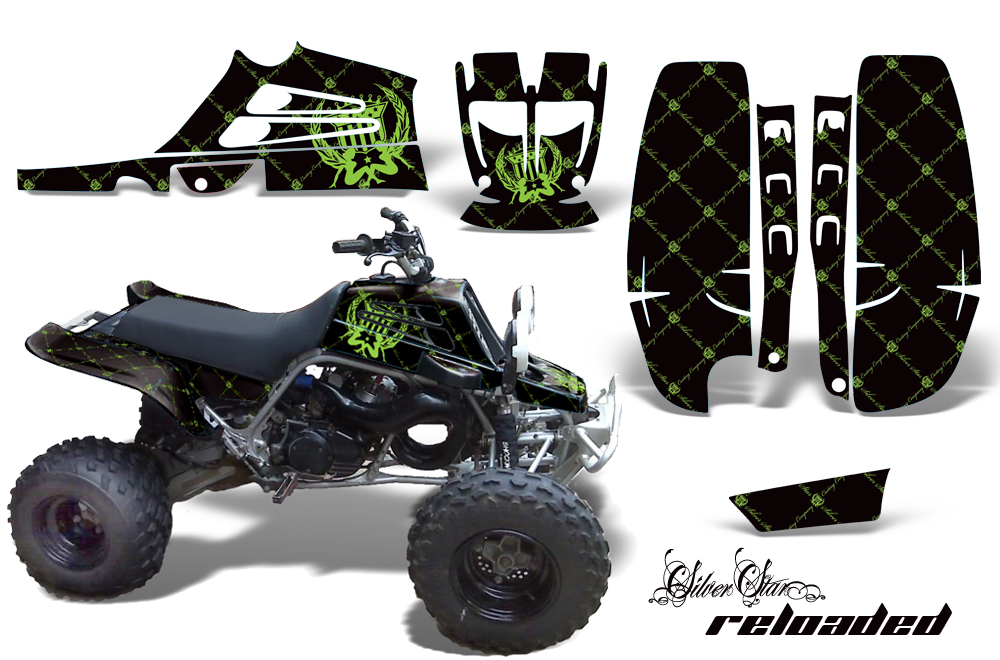
Adhesive on decals does not always adhere well and may remain
on the body when removing the sticker.
To remove adhesive residue,
special chemical preparation Aufkleberentferner.
The preparation has a gel formula and does not flow down from vertical surfaces.
Softens and impregnates adhesive residues
Allows you to quickly and easily remove adhesive residue with a napkin.
Use Aufkleberentferner Sticker Cleaner
Active solvents in the composition of the cleaner dissolve the adhesive components and allow you to quickly and efficiently remove labels and stickers pasted on the surface. Remove the remnants of the adhesive layer after removing vinyl or other protective and decorative materials.
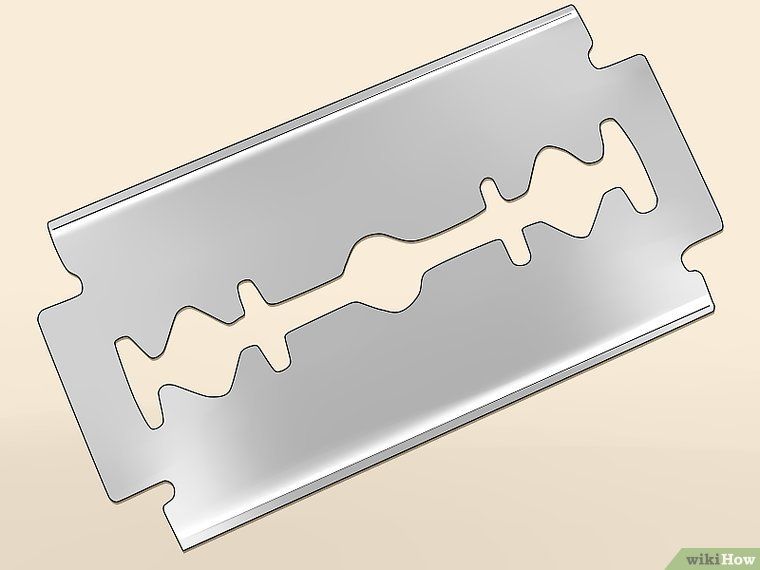
Code: 2349
Volume: 0.4 l
Attention: before use, check for compatibility with varnishes, plastics and other materials in inconspicuous places.
Sticker Remover to help remove adhesive residue,
tar, soot, organic impurities as per
car and for home use.
Are you interested in how to remove a sticker from plastic without a trace from different surfaces? In the article you will find as many as 17 ways.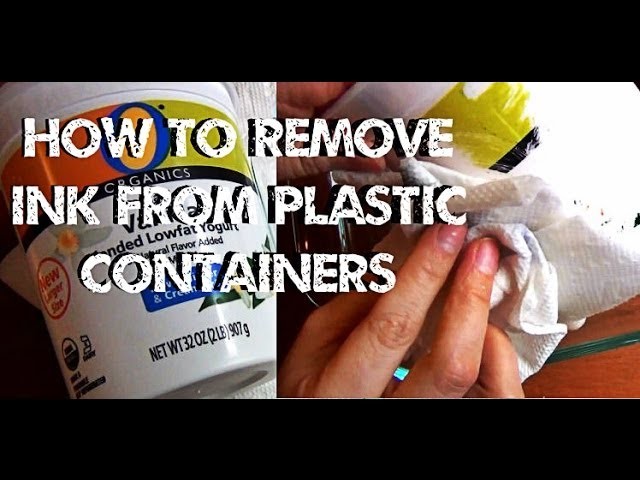 You will also learn how to peel off the label without damaging it.
You will also learn how to peel off the label without damaging it.
Content
For many cases, simple methods and tools that are always at hand will do. It is convenient at home. And you don't have to spend extra money.
It is convenient at home. And you don't have to spend extra money.
Sometimes the price tag can be easily removed by hand. If there is a trace left, then you need to rub it with your finger: roll the glue into coils and shake it off. If necessary, wipe the plastic surface with a damp soapy sponge.
First wet the sticker well with water. Then gently scrape it off with a scraper.
If there is no scraper, then a plastic card will help to wipe off the price tag. Surely there is at least one that is not a pity to use.
Fat dissolves glue well. Suitable sunflower, olive, rapeseed and other vegetable oils. How to remove the label: you need to soak it in grease, leave it for at least 15 minutes and remove it with a plastic card, scraper, rubber spatula.
Mayonnaise is also suitable, because it contains vegetable oil.
Proceed as in the previous recipe.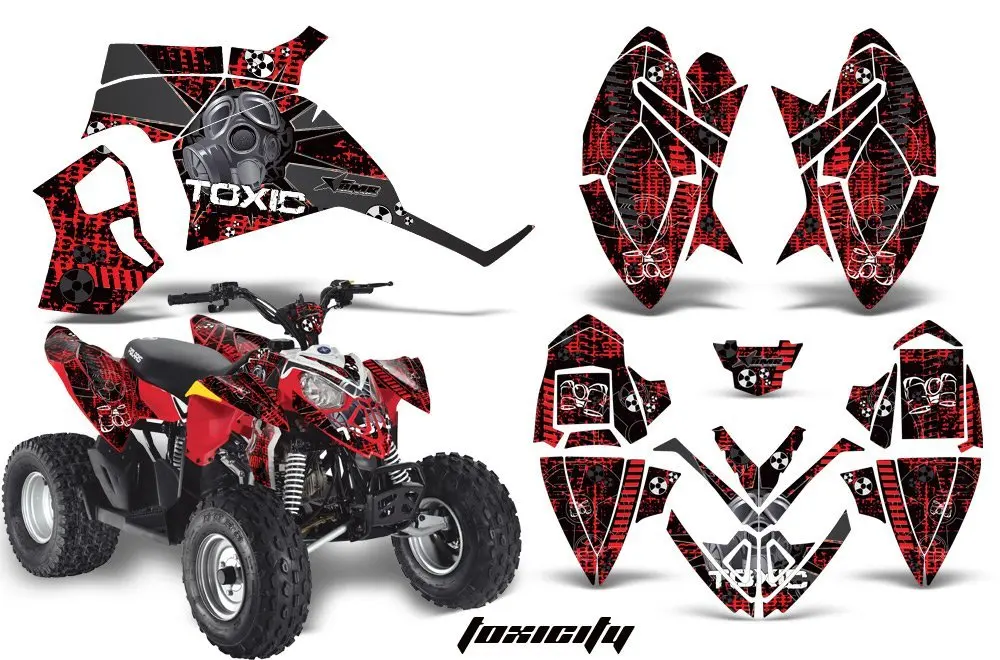 By the way, the remaining oil is removed with baking soda: it absorbs fat well. Then wipe with a cloth - dry or damp with soap.
By the way, the remaining oil is removed with baking soda: it absorbs fat well. Then wipe with a cloth - dry or damp with soap.
Peanut butter will help peel off the price tag. Apply a little to the desired area and leave for a few minutes. After we wash it with a soapy sponge.
Add some water to the baking soda. We process the label with the resulting paste and three cloth or sponge.
In more difficult cases leave the damp soda for 5 minutes after application. Then peel off the sticker and rinse with warm water.
How can baking soda be strengthened? Vegetable oil. We process the sticker with the mixture and erase it after a few minutes.
Lemon juice works well on adhesive. We take a slice of lemon, squeeze the juice onto the price tag. We are waiting for 3-5 minutes. Remove the sticker, rinse the surface with warm water.
Detergents containing citric acid are also suitable.
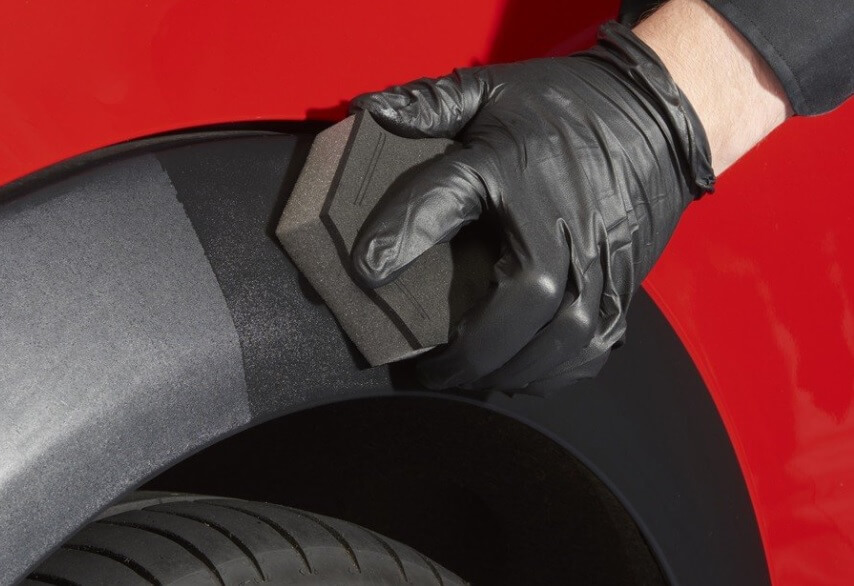
It is good to peel off price tags with 9% table vinegar. We process the desired area and wait 3-10 minutes, then remove it without a trace.
Caution! Vinegar may slightly damage the plastic. If appearance is important, then first test the method on a small inconspicuous fragment.
The melamine sponge will help to remove the price tag without leaving marks. It is enough to moisten the label and wipe off with a sponge.
Caution! Not suitable for handling dishes and requires gloves to be used due to the content of harmful substances in the composition.
First heat the sticker with a hair dryer and then remove it. You can pry off the paper with a fingernail or a knife. If it doesn't work the first time, then repeat the procedure.
Important! Estimate the strength of the plastic: how hot air it can withstand.

This method is only suitable for plastics that do not deform from high temperatures. You will need to hold the surface with the label over the steam for 2-5 minutes. After the sticker will easily come off by itself. You won't have to think about how to tear it off.
You can use a steam generator, steamer, steam iron or boiling kettle. We process the sticker under steam, and then wash it off with a soapy sponge.
Various chemicals can be used to remove stickers. It is easy to remove unnecessary labels with household and special liquids.
There are various effective label removers on the market today. They quickly and easily remove stickers and adhesives from plastics and other surfaces.
You can buy them for 150-400 rubles and more. Even stickers that have dried will come off. Here is a short list of popular products:

Dissolves glue well. Wet the adhesive paper, apply the liquid, wait 1-2 minutes, and then peel off, rinse with water. In this way, you can wash the label from the jar and other kitchen utensils.
Best used without acetone: it can damage the plastic. Apply with a cotton pad on the label. Leave for 3-5 minutes to work, and clean the surface.
Usually found in the home. If not, then it is sold in a pharmacy: any alcohol will do. It can be replaced with vodka or cologne. Pour a little on a cotton pad, moisten and rub the sticker. At the same time, we get rid of traces of glue.
This strong agent will soak and remove the decal from plastic in 2-5 minutes. The method is similar to the previous one.
Solvent can be replaced with white spirit, kerosene, lighter fluid, acetone. These are fast ways. But all of them require careful use: deformation and discoloration of the plastic are possible.
One of the popular, well known to many car enthusiasts is WD-40. It will help to easily reduce sticky paper.
Apply a small amount to the label and peel off. Even the old sticker will come off. However, not every type of plastic will avoid damage during such processing.
Caution! Toxic and flammable: use with care and do not use on glassware.
Sometimes it is easy to remove the paper layer, but after that the sticky trace of the glue remains. It collects dust and small debris, so you also want to clean it. But if you do this with a clerical knife, then unwanted scratches may remain. There are better options.
A regular stationery eraser will do. Just wipe off the remaining dirt from the plastic with it. The method is good for removing fresh adhesive immediately or shortly after removing the label.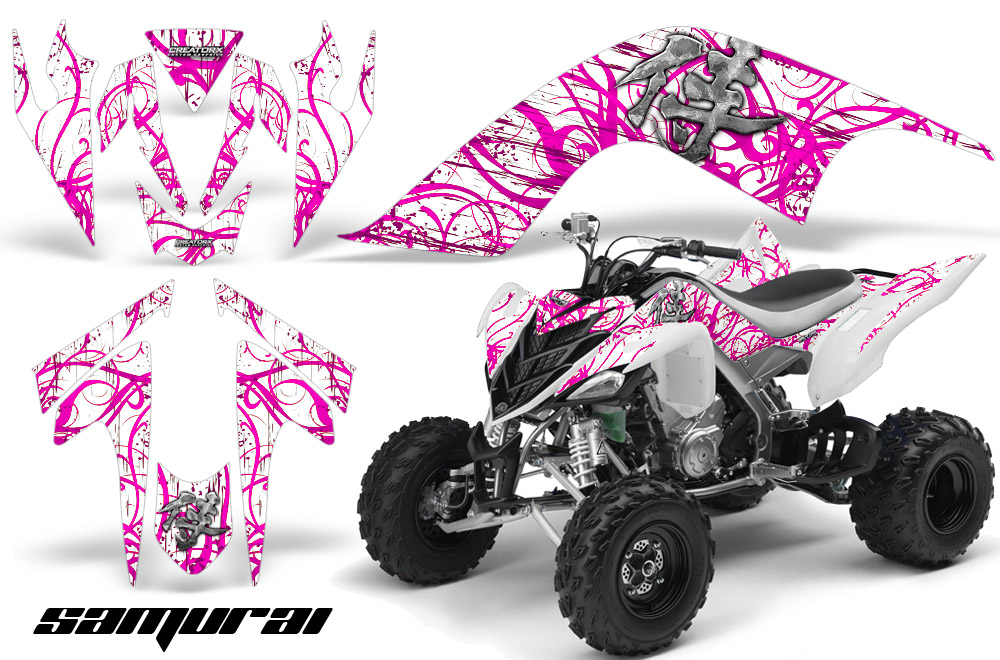
For old adhesives, the method must be strengthened. First, we moisten the desired place with water, then with the three hard side of a sponge for washing dishes. The rest is removed with a grater.
Masking or stationery tape will help to remove the remains of fresh glue. We glue a piece of adhesive tape of the desired size and tear it off with a sharp movement. If necessary, repeat several times.
Suitable for removing old and fresh adhesive. Sprinkle the sticky layer with table salt and three damp cloths. To completely clean the surface, you may need several pieces.
Adhesives vary in composition. It can be removed easily or difficultly. Plus, the surfaces vary: what's good for cleaning windows or appliances isn't always good for food-grade plastic.
Protective film and stickers are easier to remove immediately after installation.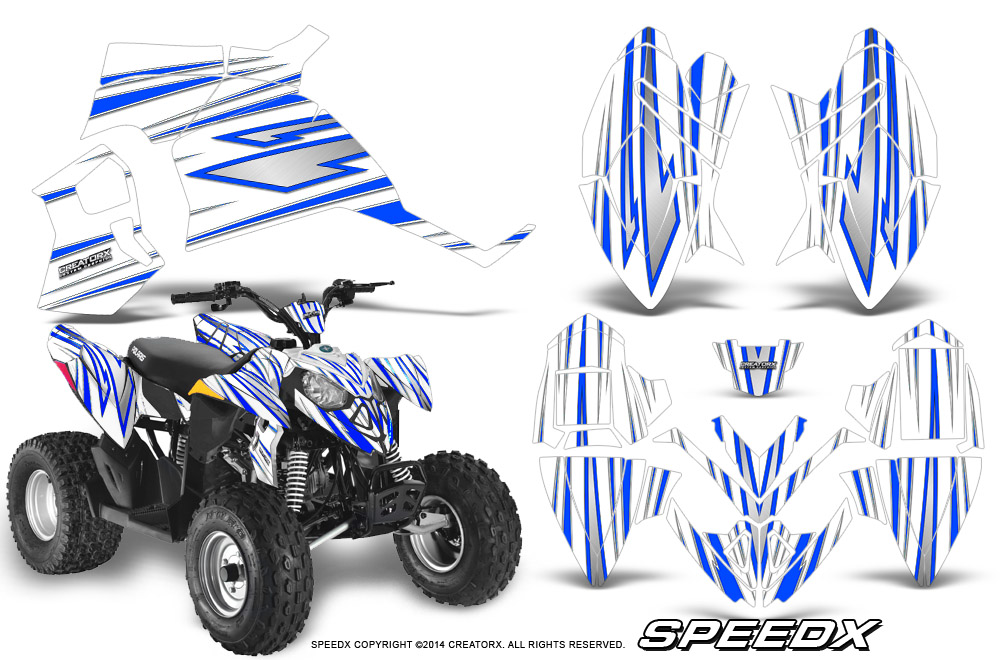 From new plastic windows, it is quite easily removed mechanically by hand.
From new plastic windows, it is quite easily removed mechanically by hand.
Old plastic window stickers are more difficult to remove. The different methods described above will do. You can combine a couple of tricks at the same time: for example, warm up the stickers with a hairdryer, and then mechanically scrape them off with a scraper.
If there is a lot of work, it is difficult or you need to clean the frames from the side of the street, then professional chemistry will help. One of the cleaners from the list above will do.
Process fluids hazardous to health are not suitable for plastic cookware. It is better to use soapy water, lemon juice, vegetable oil, vinegar, soda. You can use a hair dryer.
As for the plastic bottle, alcohol, soda, soap solution, dishwashing liquid will do the job well.
It is not uncommon to remove labels from a laptop, washing machine, plastic earphone and other home appliances.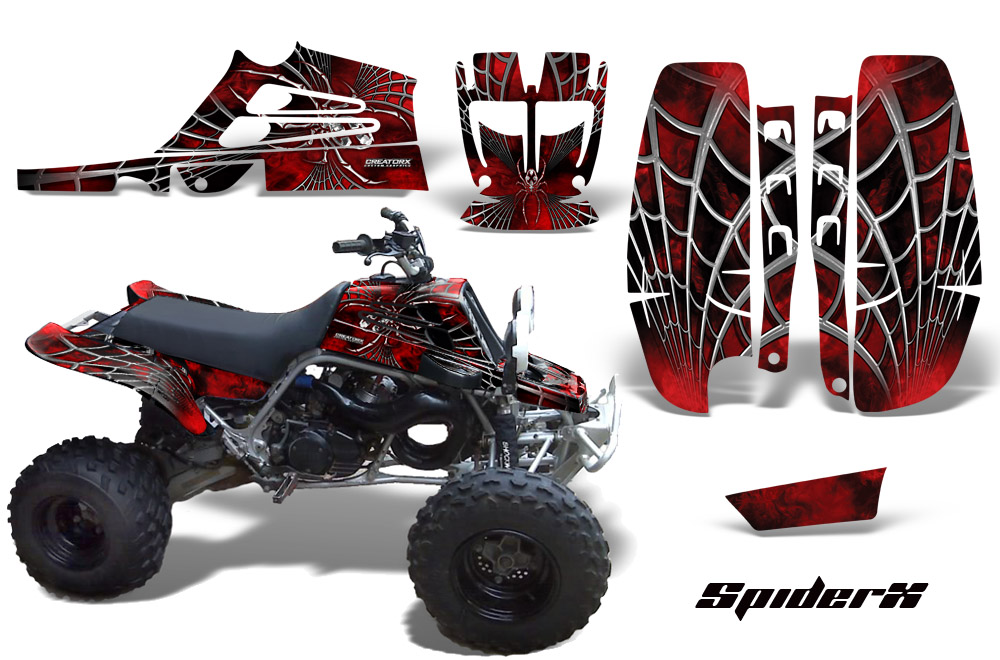 Here you need to choose the methods that are suitable in each case.
Here you need to choose the methods that are suitable in each case.
For a laptop, you can try nail polish remover without acetone, and for a washing machine, most options are fine, because such equipment can be washed from oil and other products.
In general, you need to move from simple to complex. It’s worth starting with a simple mechanical cleaning with your hands. Then you can connect water, soda, alcohol, hair dryer, vegetable oil. If necessary, use professional chemicals.
Don't forget to unplug the appliance!
Sometimes this is necessary. In this case, a hair dryer will come in handy: warm the sticker for a few minutes with warm air, and then carefully remove it entirely. The adhesive will become soft and the label will peel off easily. For convenience, use tweezers.
See also: How to remove a sticker from plastic at home?
7 useful tips
